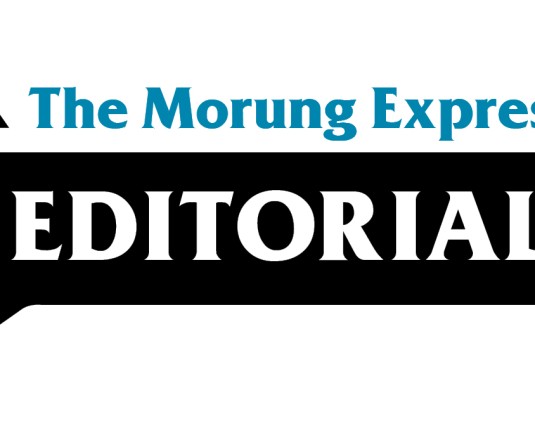
Imlisanen Jamir
There’s something undeniably magical about the first time you see your photo turned into a dreamy Studio Ghibli scene. A sleepy street becomes a watercolor world. You, wide-eyed and soft-edged, stand in a field where the grass moves like it’s alive. It’s playful. It’s beautiful. And it’s everywhere.
OpenAI’s new image tool, part of ChatGPT, has triggered a flood of these Ghibli-style transformations online. Social media has been swept up in the trend. Friends, pets, politicians, even old school photos have been run through the filter and reborn in the warm, glowing tones of a Miyazaki fantasy. It’s become a shared digital daydream—a way to insert ourselves into the stories that shaped our imaginations.
But behind the fun lies a bigger question: What exactly are we doing when we feed our lives into an algorithm and get back art that feels borrowed, yet oddly personal?
Studio Ghibli, and Hayao Miyazaki in particular, represent the opposite of automation. His work is known for its slow, deliberate creation—each frame drawn by hand, each scene filled with care. Miyazaki once said that AI-generated art was “an insult to life itself.” That quote resurfaced recently, as fans gleefully pushed their selfies through a machine that mimics his style.
There’s a tension here that’s hard to ignore. On one side, we have people discovering joy in new tools that make beautiful things accessible to everyone. On the other, we have artists and fans who see these tools as hollow imitations—copies without context, emotion, or labor.
For artists, especially those still struggling to get paid fairly for their work, it feels like a slap in the face. When a machine trained on thousands of images can spit out something “Ghibli-like” in seconds, it threatens to cheapen the years they’ve spent building their skills. The art world already struggles to value artists. AI just poured gasoline on that fire.
There are also legal and ethical questions. These AI models weren’t trained in a vacuum. Many of them likely learned by scraping real artwork from the internet—sometimes without permission. The law hasn’t caught up. Style, after all, isn’t something you can copyright. You can protect a finished work, but not the essence of how it looks. And so the machine gets away with borrowing the feeling of Ghibli, while giving nothing back to the people who created it.
Still, it’s not black and white. A lot of people using these tools aren’t trying to exploit anyone. They’re fans. They’re curious. Maybe they just wanted to see what their world would look like in pastel skies and floating spirits. And for many who don’t have the skills or resources to make art by hand, AI feels empowering.
That’s where things get complicated. It’s not that using AI to create art is inherently wrong—it’s that the system behind it isn’t built to respect the people whose work it’s borrowing from. We’re not just playing with a filter. We’re standing on someone else’s shoulders, often without knowing it.
In places like here, where local artists often struggle for recognition, there’s a deeper risk. If AI can instantly replicate any style—folk art, comics, digital painting—it becomes harder for individual creators to stand out. Their culture, their stories, their visual language can be copied and rebranded by anyone, anywhere, with no credit given.
So, what now?
Maybe this is a moment for reckoning. Not to shut the whole thing down, but to slow down and ask better questions. Can we build AI tools that credit or compensate the artists they learn from? Can we draw a line between tribute and theft? Can we enjoy the magic without losing the humanity behind it?
Miyazaki’s films taught us to value the quiet moments, the work of hands, the stories that grow slowly. Maybe that’s the real lesson to hold onto, even as the world rushes toward faster, easier, more.
We can still marvel at the technology. But we shouldn’t forget to ask who’s paying the price for our wonder.
Comments can be sent to imlisanenjamir@gmail.com





